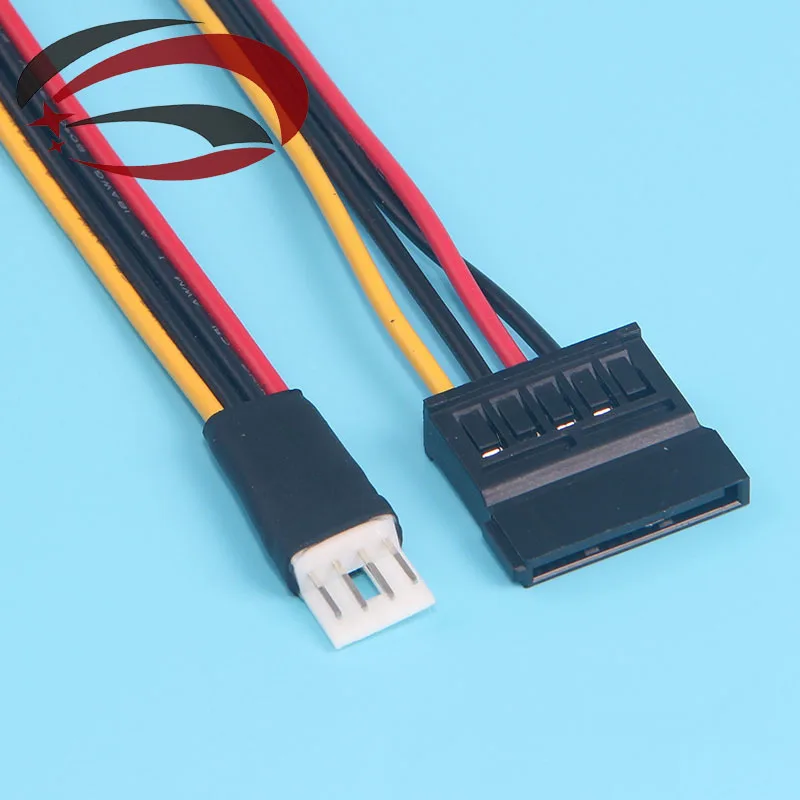

I know this seems pretty much solved, but I just wanted to point out:
Frigate doesn’t need a TPU, OpenVINO is quite performant even on decade old Haswells, or if you’ve got a GTX 750 or higher you might be able to use that as well.


I know this seems pretty much solved, but I just wanted to point out:
Frigate doesn’t need a TPU, OpenVINO is quite performant even on decade old Haswells, or if you’ve got a GTX 750 or higher you might be able to use that as well.


You can host a page with an iframe, but you can’t directly change the DNS record to point to something that isn’t GitHub.


help now actually opens the help utility on Python 3.13!


Thanks TIL! Although I prefer this diagram that has all the wifi channels on it, instead of just the 3 common ones.



Perhaps there was an easier lighter-weight way of doing this?
Yeah, SSH tunneling. What I would do (and have done in the past) is something like:
ssh -L 8080:192.168.0.1:80 myserver
That will forward port 8080 on your host to port 80 on 192.168.0.1, so you can access your router’s web UI with http://localhost:8080/ in your own web browser.
You can also setup full tunneling with SSH, but that requires messing around with SOCKS and I usually can’t be bothered.
Ahh sorry, I thought you meant you plugged it into the input side. If that’s the case then are you running anything that measures CPU usage? I run the TIG stack, it might be able to give you some hits. Also back to my original point which is already unlikely, if it’s a modified sinewave UPS, it can confuse some measuring devices while it’s on battery.
It’s weird to do this daily, but it’s possible that the UPS is doing a self test, which would drain the battery a little and the load is from charging it back up.


The symbol they defined out is not the equals symbol but rather U+2550, so the for loop is fine.


Before other people start commenting ‘yeah obviously’, it’s their April Fools video, it’s pretty funny.


I wonder if this made it into the android kernel: https://www.androidpolice.com/pixel-stutter-bug-addressed-by-third-party-dev/
Or if it is just general updates.
You have to be on the March update, then go to Developer options -> Linux environment, and enable it. Then ‘Terminal’ will appear in your apps drawer.


Ahh okay, that description kinda sounds like floppy drive power, but it probably is a proprietary thing.



Could also be slimline sata.



I’ve got one of the official Home Assistant SkyConnect dongles, and I just stick to the IKEA ZigBee stuff, most other ZigBee devices should work too though.


Running Windows is officially supported by Apple, yes most guides use bootcamp to set it up, but you should be able to create an install drive like a normal PC and boot from it by holding Option/Alt as you press the power button. Mac’s usually just use EFI like any modern PC under the hood.


Nah, bootcamp assistant is Apple’s dual boot setup tool, it is a native install, but it has to be started from MacOS.


ghost is just GitHub’s way of saying deleted user.


TCP and UDP can listen on the same port, DNS is a great example of such. You’d generally need it to be part of the same process as ports are generally bound to the same process
They don’t even need to be the same process. I’m pretty sure that’s just a common practice if something needs both protocols, but there’s nothing stopping you from having a web server on TCP 443 and a VPN server on UDP 443. Ports are an abstraction brought by each protocol, they aren’t in anyway related.


Someone commented on another video that they saw the Ram Air Turbine extended. So they would’ve lost power, supporting your electrical fire theory. Also it seems extending the RAT disables some safeguards, that can cause the wheels to lock and catch fire.
The other video: https://youtu.be/EPiNC5JpEYs
With dynamic DNS? Yeah it always has, as long as you can host a http server.
With a dynamic IP? It should do, the certs are only valid for 6 days for that reason.